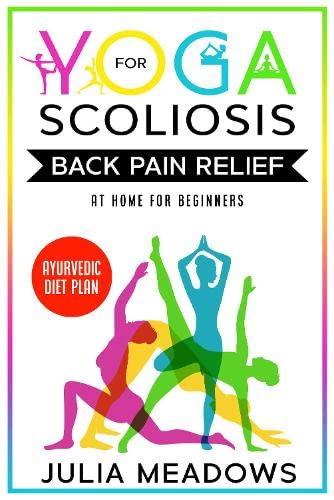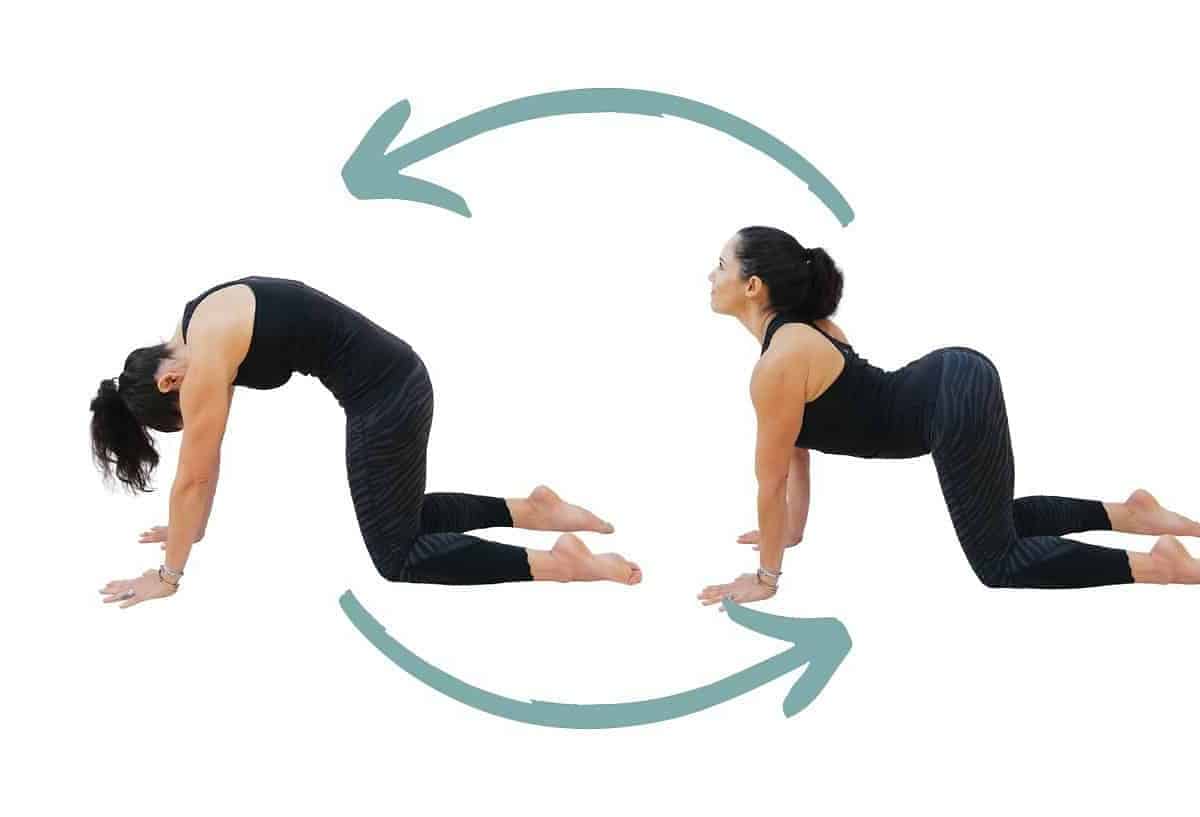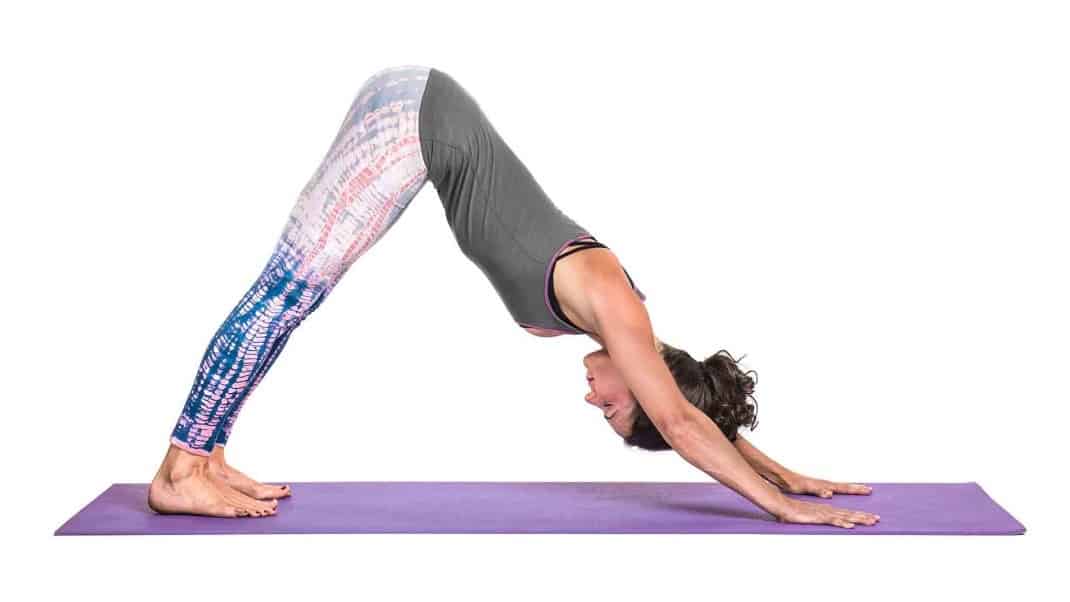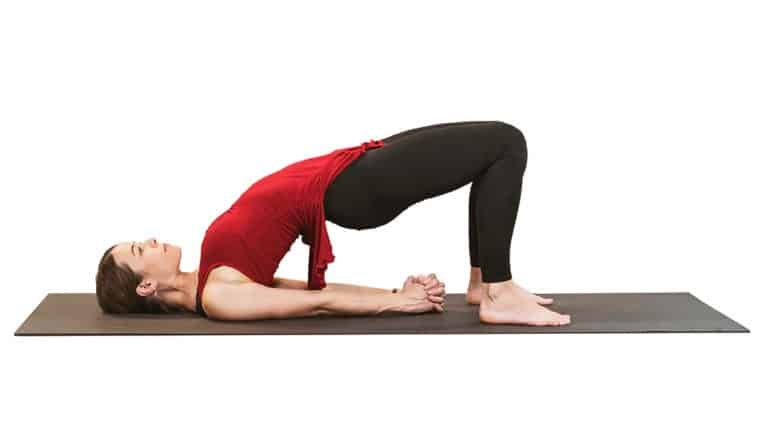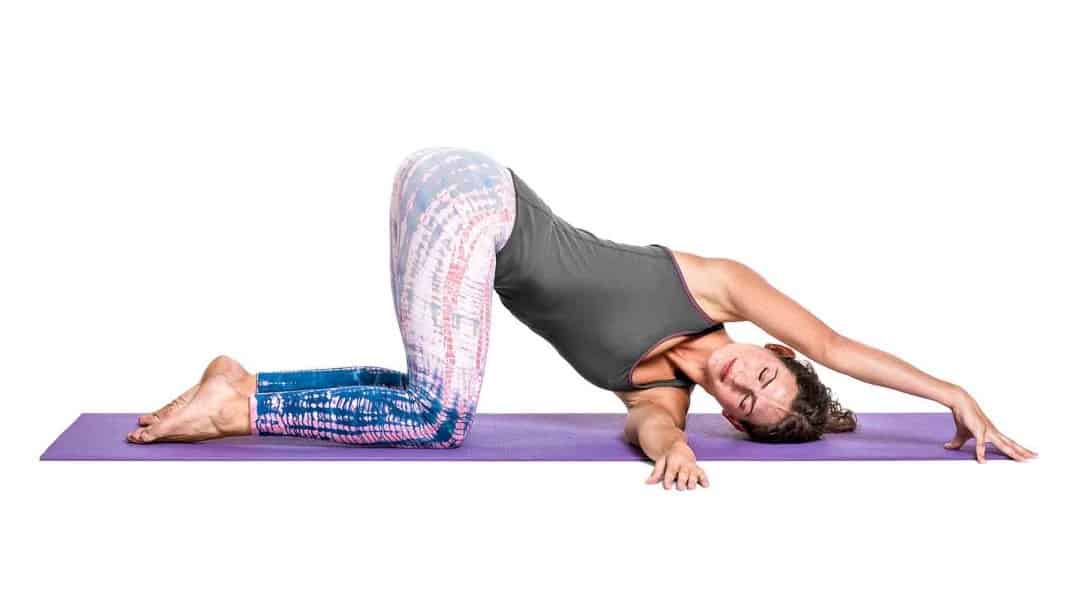Therapeutic yoga can help alleviate back pain
If you’re one of the millions of people who suffer from back pain, you know how debilitating it can be. The good news is that therapeutic yoga offers a natural and effective way to find relief.
By incorporating specific yoga poses and following some guidelines, you can improve flexibility, reduce inflammation, and enhance posture and alignment. In this article, we will explore the benefits of therapeutic yoga for back pain, specific poses to try, guidelines for practicing safely, and additional tips for managing your back pain.
Benefits of therapeutic yoga for back pain
Improved flexibility and strength
One of the key benefits of therapeutic yoga for back pain is improved flexibility and strength. Yoga poses gently stretch and strengthen the muscles in your back, helping to alleviate tension and reduce pain. By regularly practicing yoga, you can increase your range of motion and build the necessary strength to support your spine.
Reduced inflammation and tension
Inflammation and tension in the back can contribute to chronic pain. Therapeutic yoga helps to reduce inflammation by promoting blood flow and oxygenation to the affected areas. Additionally, the deep breathing techniques used in yoga help to relax the muscles and release tension, providing much-needed relief.
Enhanced posture and alignment
Poor posture and misalignment can put strain on your back, leading to pain and discomfort. Therapeutic yoga focuses on improving posture and alignment through specific poses and mindful movement. By practicing yoga regularly, you can correct imbalances, strengthen the core muscles that support your spine, and improve your overall posture.
Specific yoga poses for back pain relief
Child’s Pose
Child’s Pose is a gentle resting pose that stretches the lower back and hips. Start by kneeling on the floor with your knees hip-width apart and your toes touching. Sit back on your heels and slowly lower your torso forward, resting your forehead on the mat.
Extend your arms in front of you or alongside your body. Breathe deeply and hold the pose for several breaths.
Cat-Cow Pose
Cat-Cow Pose is a dynamic movement that helps to warm up the spine and increase flexibility. Start on your hands and knees, with your wrists directly under your shoulders and your knees under your hips.
Inhale as you arch your back, lifting your chest and tailbone towards the ceiling (Cow Pose). Exhale as you round your spine, tucking your chin and tailbone under (Cat Pose). Repeat this movement for several rounds, syncing your breath with the movement.
Downward-Facing Dog
Downward-Facing Dog is a full-body stretch that targets the back, hamstrings, and shoulders. Start on your hands and knees, then lift your hips up and back, straightening your legs and pressing your heels towards the floor.
Keep your arms straight and spread your fingers wide for stability. Relax your head and neck, and hold the pose for several breaths.
Bridge Pose
Bridge Pose is a gentle backbend that strengthens the back muscles and opens the chest. Lie on your back with your knees bent and your feet hip-width apart.
Press your feet into the mat as you lift your hips off the ground, creating a bridge shape with your body. Interlace your fingers underneath you and roll your shoulders back to open your chest. Hold the pose for several breaths, then slowly lower your hips back down.
Thread the Needle Pose
Thread the Needle Pose is a restorative twist that releases tension in the back and shoulders. Start on your hands and knees, then slide your right arm underneath your left arm, reaching your right shoulder and ear to the mat.
Rest your right cheek on the mat and extend your left arm forward. Breathe deeply and hold the pose for several breaths. Repeat on the other side.
Guidelines for practicing therapeutic yoga for back pain
Start with gentle stretches
When starting a therapeutic yoga practice for back pain, it’s important to begin with gentle stretches. This allows your body to warm up and prepares it for deeper poses. Focus on movements that gently stretch the back, such as gentle twists, forward folds, and side stretches.
Listen to your body and modify as needed
Every body is different, so it’s essential to listen to your body and modify poses as needed. If a pose causes pain or discomfort, back off or try a modified version. Remember, yoga should never be painful. Work within your limits and gradually build strength and flexibility over time.
Use props for support
Props such as blocks, straps, and bolsters can provide support and help you maintain proper alignment in yoga poses. If you have limited flexibility or mobility, props can be especially helpful in making poses more accessible and comfortable. Don’t hesitate to use them to support your practice.
Practice regularly for best results
Consistency is key when it comes to therapeutic yoga for back pain. Aim to practice yoga regularly, even if it’s just for a few minutes each day. By incorporating yoga into your daily routine, you can experience the long-term benefits of improved flexibility, reduced pain, and enhanced well-being.
Additional tips for managing back pain
Stay active and maintain a healthy weight
Regular physical activity and maintaining a healthy weight can help alleviate back pain. Engaging in low-impact exercises such as walking, swimming, or cycling can strengthen the muscles that support your back and reduce the risk of injury.
Practice good posture and ergonomics
Maintaining good posture and practicing proper ergonomics can prevent and alleviate back pain. When sitting or standing, keep your spine aligned and avoid slouching. Use ergonomic chairs and supportive pillows to maintain proper alignment and reduce strain on your back.
Apply heat or cold therapy
Applying heat or cold therapy can provide temporary relief for back pain. Use a heating pad or take a warm bath to relax tense muscles and increase blood flow. Alternatively, apply an ice pack or cold compress to reduce inflammation and numb the area.
Consider seeking professional guidance
If your back pain persists or worsens, it’s important to seek professional guidance. A qualified healthcare provider or a certified yoga therapist can assess your condition and provide personalized recommendations and modifications to help you manage your back pain effectively.
FAQs for Therapeutic Yoga For Back Pain
Q1: What is therapeutic yoga for back pain?
A1: Therapeutic yoga for back pain is a specialized practice that uses yoga techniques to alleviate and manage back pain. It involves gentle and targeted yoga poses, breathing exercises, and mindfulness practices to promote healing and relief for various types of back pain.
Q2: Is therapeutic yoga effective for back pain?
A2: Yes, therapeutic yoga has shown promising results in relieving back pain. It can help improve flexibility, strengthen muscles, correct posture, and reduce tension, all of which contribute to back pain relief and prevention.
Q3: Can anyone practice therapeutic yoga for back pain?
A3: Yes, therapeutic yoga can be adapted to suit individuals of all ages and fitness levels. However, it is advisable to consult with a healthcare professional before starting any new exercise program, especially if you have a pre-existing back condition or injury.
Q4: How often should one practice therapeutic yoga for back pain?
A4: The frequency of practice can vary depending on individual needs and the severity of back pain. Starting with 2-3 sessions per week and gradually increasing as tolerated is a good approach.
Q5: Can therapeutic yoga replace medical treatment for back pain?
A5: Therapeutic yoga can complement medical treatment for back pain, but it should not replace professional medical advice or treatment. It is essential to work with healthcare providers to create a comprehensive and personalized approach to managing back pain.
Q6: Are there any precautions to consider while practicing therapeutic yoga for back pain?
A6: Yes, some precautions include:
- Avoiding intense or advanced yoga poses if you have acute back pain or injuries.
- Listening to your body and not pushing beyond your limits.
- Consulting with a healthcare professional if you have any concerns or medical conditions.
Q7: Can therapeutic yoga prevent back pain in the future?
A7: Yes, regular practice of therapeutic yoga can improve posture, flexibility, and muscle strength, which may help prevent future episodes of back pain.
Q8: How long does it take to experience relief from back pain with therapeutic yoga?
A8: The timeline for experiencing relief can vary from person to person. Some individuals may experience improvements after a few weeks, while others may take longer.
Q9: Can therapeutic yoga be practiced at home, or is it better in a class setting?
A8: Therapeutic yoga can be practiced both at home and in a class setting. Attending a class with a qualified instructor can provide personalized guidance and adjustments, while practicing at home offers flexibility and convenience.
Conclusion
Therapeutic yoga offers a holistic approach to managing back pain. By incorporating specific poses, practicing regularly, and following guidelines, you can improve flexibility, reduce inflammation, and enhance posture and alignment. Remember to listen to your body, modify poses as needed, and seek professional guidance if necessary. With dedication and consistency, therapeutic yoga can be a valuable tool in your journey towards a pain-free back.
Originally posted 2023-07-25 16:37:53.


